Play Your Way to Better Self-Regulation: Tips and Strategies
Teaching self-regulation skills to children with SEN is a vital part of their education. It also presents real challenges depending on the complexity of their needs. Pre-Verbal children or those with communication difficulties need our constant focus on this. Many of our children have disorganised nervous systems that are always seeking out sensory stimulation to try and calm and organise themselves. This can be a challenge in a classroom environment. With a well designed curriculum provision and suitable therapeutic input we should be able to use opportunities for play to support our pupils to self-regulate.
Self-regulation involves the ability to control or manage our own thoughts, behaviours, and feelings. It encompasses elements of executive function, behavioural self-regulation, and emotion regulation. Despite this theoretical understanding, there has been little empirical research dedicated to testing how these components remain distinct yet simultaneously comprise an overarching self-regulation factor.
Executive Functioning helps children resist impulsive emotional responses. It allows them to observe and process the emotions of others, and have more positive social interactions with peers and teachers (Teglasi et al., 2015). I would like to reference the Double-Empathy theory here and acknowledge that I believe aligning with this is now essential to be an effective special needs teacher.
Self-Regulation and the Double Empathy Theory
The Double Empathy Theory was proposed by Damian Milton in 2012. The theory posits that autistic people experience empathy in a different way. Milton suggests that instead of a one-way street where neurotypical individuals have difficulty empathising with autistic people, there is a “double empathy problem” where both individuals with and without autism struggle to understand each other’s perspectives.
In terms of play, the theory suggests that individuals with ASD may have different preferences and approaches to play compared to their neurotypical peers. They may have a unique way of processing sensory information and engaging with toys or games. This can make it difficult for neurotypical individuals to understand and connect with them during play. Connection is required for co-regulation that supports self-regulation.
In adult led play the emphasis is on the supporting adult to see the child’s perspectives and communication preferences, they may be able to find common ground and enjoy play together. This can involve adapting the play to suit the needs and preferences of the individual, or finding alternative ways to engage with each other. I like to think of this process as getting into their world so you can show them the value of your world. We can use special interests to do this. If we force play we will lose learning and damage trust.
Compared to typically developing children, autistic children demonstrate significant differences in their development of play. They are often object focused during play, and less jointly engaged with their social partners (Chang et al 2018). This needs to be taken into account when designing activities linked to self-regulation.
The Role of Play in Developing Self-Regulation Skills.
This post is written as an extension of a previous post on learning and play. While play is commonly thought of as an activity without specific learning intentions, children must still remain focused, balance their desires with those of their peers, and inhibit distractions while engaging in pretend play.
A disorganised nervous system refers to an imbalance in the sensory processing and regulation of a person’s nervous system, resulting in difficulty with self-regulation, emotional control, and behavioural responses. It is often seen in individuals with neurodevelopmental disorders such as autism, ADHD, and sensory processing disorder. A disorganised nervous system can result in overstimulation, anxiety, and difficulty adapting to changes in the environment. Strategies such as a Sensory First Aid Kit can help make sure the child is in a ready to learn state.
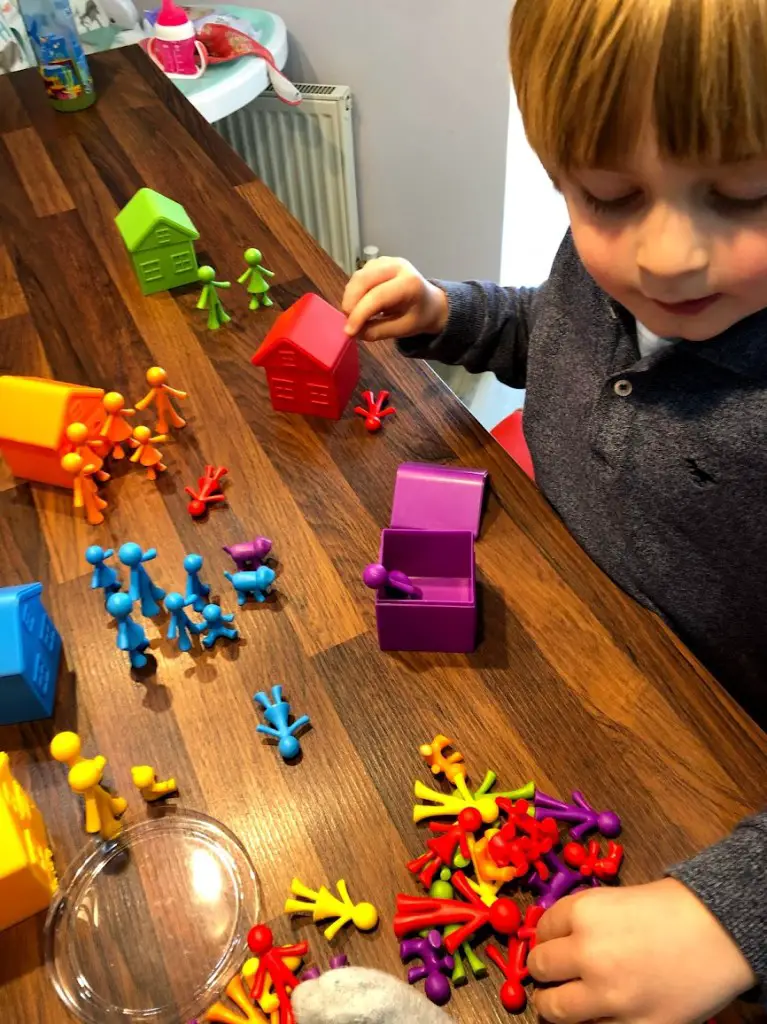
Pretend Play and Self-Regulation
Pretend play has been associated with improved self-regulation, but more data is required (Berk and Meyers, 2013). For example, children who engaged in more socio-dramatic play at the start of the school year showed improved self-regulation later in the academic year (Elias and Berk, 2002). Thibodeau et al. (2016) recently investigated the effects of a 5-week play-based intervention for preschoolers and discovered that those in a fantastical pretend-play scenario experienced increased gains in executive function compared to those in a non-imaginative play situation. This emphasises the significance of a nuanced understanding of play.
Not all play is equal.
Guided play, where an adult helps shape a situation toward a specific learning goal, might be especially beneficial in increasing engagement, particularly for younger children who are more prone to distraction. This can have the effect of limiting the scope of play and experimental aspect as the child may not be able to bring in unplanned elements.
Four Steps to Effective Guided Play
Step 1: Find the Right Stimulation The first thing you gotta do is figure out what kind of stimulation helps your child feel calm and organised. This might be things like bouncing, squeezing, or spinning. Every child is different, so it’s important to observe and listen to your child to find out what works best for them.
Step 2: Follow Their Lead. Once you’ve identified their preferred activity, it’s time to join in and follow their lead! Even if it means copying their self-stimulation, it’s important to engage in their chosen activity to establish a connection and trust.
Step 3: Establish a Calm Rhythm. Now it’s time to create a calming and soothing pattern around the activity, with slow and steady movements that go back and forth. This helps the child pace themselves and stay regulated. This may be rolling a ball back and forth.
Step 4: Use Verbal and Non-Verbal Cues To create a safe and accepting environment for the child, it’s important to use your words, touch (if they’re comfortable with it), and facial expressions. Sing-song chatting is a great way to engage with your child and show them that you’re there to have fun with them. A gentle touch can be comforting, but make sure to respect their boundaries if they’re not comfortable with physical contact. Positive facial expressions can also help establish trust and create a warm and supportive environment.
Embedding Sensory Motor Play
These are a key self-regulation strategy. Sensory motor patterns help calm and organise the nervous system, promote emotional attunement, establish “facial gazing” and “emotion sharing”. By jointly doing these activities they can establish the adult as a soothing support when distressed.
To effectively build sensory-motor patterns into interactive play, the following structured steps may help:
- Start by identifying one or two sensory preferences of the child. This could be any activity or object that the child enjoys, such as singing, bouncing, or swinging.
- Once the preferences are identified, build them into short, and repetitive interactive play patterns. This may be clapping hands while singing or holding hands while falling onto a crash mat together.
- During the play, try to limit the number of toys or items used and make yourself the primary element in the play.
- Sit face-to-face with the child at eye level so that the child can easily reference your face, making it the centre of attention.
- Use your hands, face, and voice to happily engage the child. Try to use animated facial expressions and exaggerated gestures to draw in the child’s attention.
- Respond to every communicative intent or reciprocal play by the child with excited feedback to encourage their participation.
- Emphasise the sensory stimulation that the child is attracted to and make it stand out.
- Build back-and-forth reciprocal engagement so the child is an active participant.
- Frequently celebrate “doing it together” by giving high fives, thumbs up, etc
The Importance of Safety
Autistic children often display rigid behaviours, feeling the need to control everything around them in order to feel safe. They may struggle with emotional regulation, leading to meltdowns over seemingly minor (to us) disruptions in their expectations. These traits are quite common in young children, and they may not yet have developed the skills needed to regulate themselves. You may see this as a highly energetic child constantly seeking out stimulation, but they may not know how to identify what they need or how to provide it to themselves. This can leave them feeling lost and confused, I have seen this lead to injurious behaviour and behaviours towards others.
Children may be resistant to seeking help from others to regulate their emotions, they have often not been shown the value or been met with unsupportive responses. For parents and teachers, this can be a very challenging and frustrating situation as they try to help the child cope with these difficulties.
Infants typically struggle with regulating their needs and emotional responses, and learning to feel regulated comes from feeling safe and allowing parents to regulate their needs both physically and emotionally. This creates a foundation for eventually learning how to self-regulate. However, for many children on the spectrum, sensory sensitivities and overload make it difficult to feel safe and give up control, hindering the development of trust in following the lead of others.
Children who struggle with uncertainty, particularly in social situations, may experience fear and therefore seek control in their interactions to feel secure. Consequently, they may face difficulties regulating their emotions, leading to overreactions, even in response to minor setbacks in their daily lives.
So how do we create a feeling of safety with our pupils with SEN?
I have been reading “Beyond Behaviours” by Mona Delahooke and trying to link Polyvagal theory into our behaviour curriculum. Polyvagal theory suggests that the autonomic nervous system plays a critical role in feeling safe and socially engaged. To create a feeling of safety for an autistic child, it’s important to understand their unique sensory needs and sensitivities, and provide them with a supportive and predictable environment.
Here are some ways to create a feeling of safety for an autistic child that will help develop sel-regulation skills.
- Use sensory-friendly environments: Sensory-friendly environments reduce sensory overload and provide a calming atmosphere. This can include providing soft lighting, using calming scents, and minimising background noise.
- Respect their boundaries: It’s important to respect an autistic child’s boundaries and not force them into situations that may be overwhelming or uncomfortable for them. This can help them feel more in control and reduce feelings of anxiety.
- Provide predictability and routine: Predictability and routine can help an autistic child feel safe and secure. This can include creating visual schedules or using social stories to help them understand what will happen next.
- Use calming techniques: Calming techniques such as deep breathing or mindfulness can help an autistic child regulate their emotions and feel more grounded. It can be helpful to practice these techniques regularly so they become familiar and can be used during times of stress or anxiety.
- Foster positive relationships: Positive relationships with caregivers and peers can help an autistic child feel safe and supported. This can include providing opportunities for social interaction and fostering a sense of community and belonging.
Building Play Around Special Interests
Building simple interactive play patterns around an autistic child’s interests involves identifying sensory preferences and incorporating them into play. For example, if the child enjoys bouncing, you can engage in bouncing games with the child such as bouncing a ball back and forth or jumping on a trampoline. Other ideas include swinging, spinning, or using sensory toys such as fidget spinners or squishy balls. You may want to use less active activities such as toy cars or building blocks. Roll the car to each other, line them up. Please don’t use sabotage like disrupting a child’s line of cars on purpose this will damage trust.
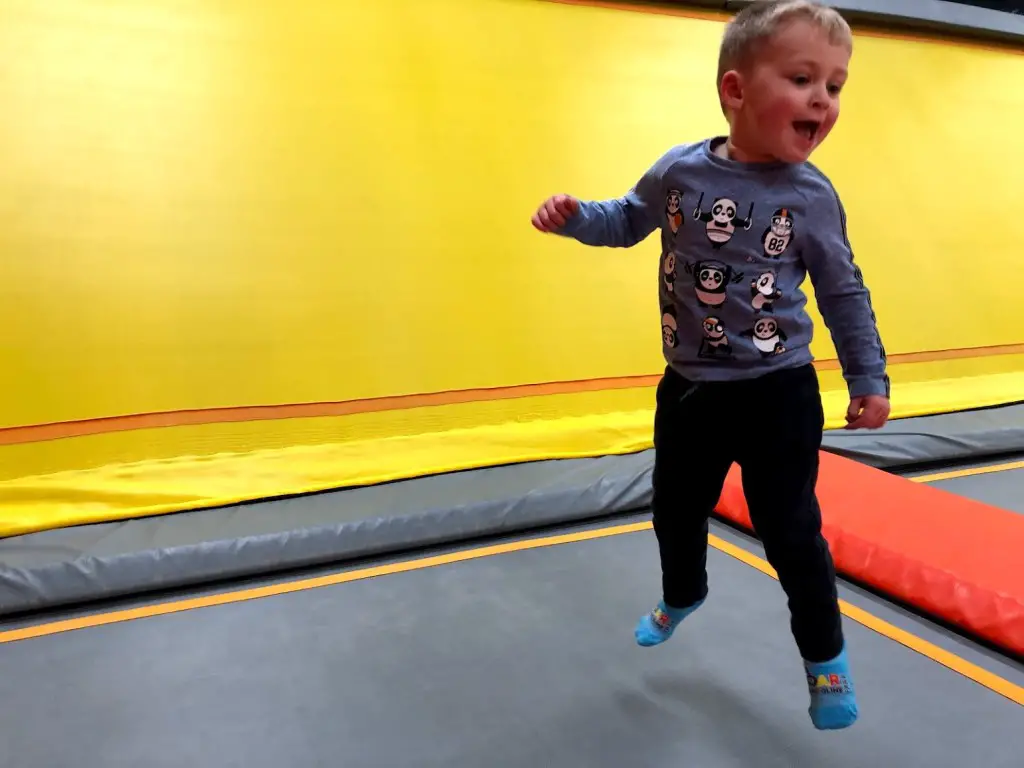
Engaging in play can provide ample opportunities for enhancing social competence. Activities that are based on play are particularly effective for improving social skills as they can be tailored to suit the interests of young individuals and can simulate social norms through the game’s structure (MacCormack 2023).
To make the child feel safe, it is important to create a calming and predictable environment. This can involve using simple and repetitive play patterns, limiting the number of toys or items in the play area, and utilising soothing sensory input such as soft lighting or calming music.
As the child becomes more comfortable with this, the parent or teacher can gradually introduce more complex and challenging activities.
Regulated Play
Regulated play is a structured and intentional type of play designed to help children regulate their emotions and behavior, particularly those with sensory processing challenges. It involves using sensory-motor patterns and interactive play to engage children in calming and soothing activities with the goal of promoting a sense of competence and engagement.
- Gradually increase the complexity of the play by introducing new elements while maintaining the child’s sensory preferences. For example, if the child likes bouncing, you can introduce a small trampoline.
- Encourage the child to take turns and engage in back-and-forth play, such as passing a ball or taking turns stacking blocks.
- Use simple language to help the child identify their emotions and validate their feelings. For example, you can say “I see that you’re feeling frustrated. Let’s take a break and do something else for a little while.”
- Introduce calming techniques such as deep breathing, visualisation, or progressive muscle relaxation. Encourage the child to practice these techniques during playtime to help regulate their emotions. This can be blowing a windmill or if you don’t mind messy play blowing flour off a plate.
- Use positive reinforcement, such as praise and encouragement if their preferred style, when the child demonstrates emotional regulation during playtime.
- Model emotional regulation by staying calm and patient during playtime. If the child becomes upset or agitated, remain calm and help them identify and regulate their emotions.
Suggested Playful Activities to Support Self-Regulation Skills
It is important to design playful activities that align with your child’s developmental stage rather than their chronological age. Most pupils I work with engage in a lot of exploratory and sensory play, as well as parallel play where they play alongside others but not necessarily with them. Here are some examples of play activities that are suitable for this developmental stage:
- Sensory play with sand, water, and playdough
- Simple puzzles and shape sorters
- Push and pull toys, such as shopping carts, wheelbarrows
- Balls and other toys for gross motor development
- Picture books and simple storybooks
- Musical toys and instruments
- Blocks and stacking toys
- Role-playing with toy cars, dolls etc
- Outdoor play with swings, slides, and climbing equipment
- Messy play with finger painting, and other craft materials
Post Summary
I hope you have found this post useful.
- Teaching self-regulation skills to children with SEN is essential but needs careful planning.
- Self-regulation includes the ability to control and manage thoughts, behaviours, and feelings, and there is little empirical research on its distinct components.
- Double Empathy Theory suggests that autistic children may have different preferences and approaches to play, and adult-led play should focus on finding common ground through adaptation.
- Pretend play has been linked to improved self-regulation, and guided play with adults shaping situations towards specific learning goals can be especially beneficial.
- Effective guided play includes finding the right stimulation, following the child’s lead, establishing a calm rhythm, and using verbal and non-verbal cues.
References
Berk, L. E., and Meyers, A. B. (2013). The role of make believe play in the development of executive function status of research and future directions. Am. J. Play 6, 98–110.
Chang, Ya-Chih & Shih, Wendy & Landa, Rebecca & Kaiser, Ann & Kasari, Connie. (2018). Symbolic Play in School-Aged Minimally Verbal Children with Autism Spectrum Disorder. Journal of autism and developmental disorders. 48. 10.1007/s10803-017-3388-6.
Elias, C. L., and Berk, L. E. (2002). Self-regulation in young children: is there a role for sociodramatic play? Early Child. Res. Q. 17, 216–238. doi: 10.1016/S0885-2006(02)00146-1
MacCormack, J. W., & Kilmer, E. D. (2023). Review of the roles of materials, permissiveness, and structure in play-based social interventions for autistic youth. International Journal of Play, 1-14.
Teglasi, H., Schussler, L., Gifford, K., Annotti, L. A., Sanders, C., and Liu, H. (2015). Child behavior questionnaire–short form for teachers: informant correspondences and divergences. Assessment 22, 730–748. doi: 10.1177/1073191114562828
Thibodeau, R. B., Gilpin, A. T., Brown, M. M., and Meyer, B. A. (2016). The effects of fantastical pretend-play on the development of executive functions: an intervention study. J. Exp. Child Psychol. 145, 120–138. doi: 10.1016/j.jecp.2016.01.001

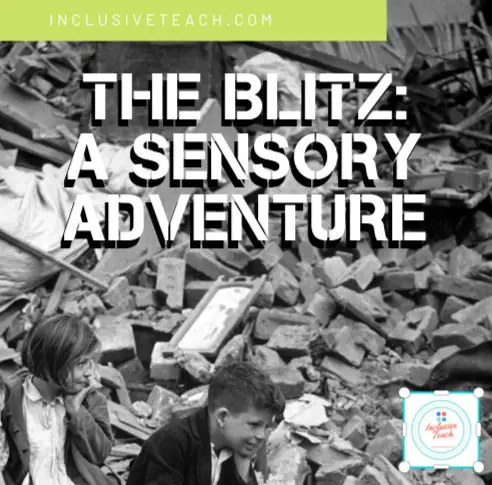
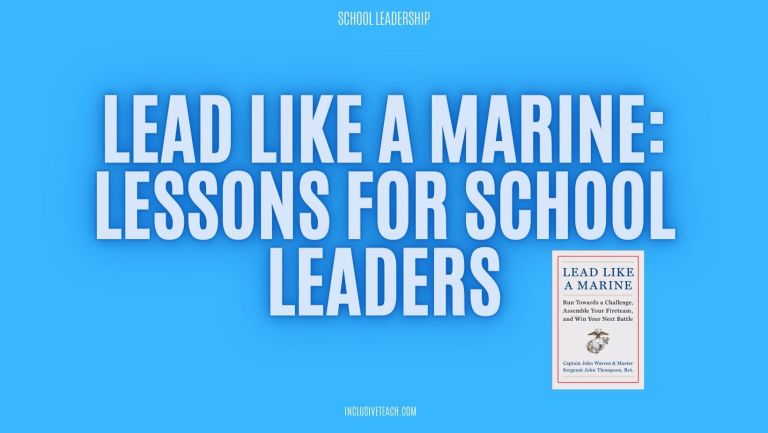

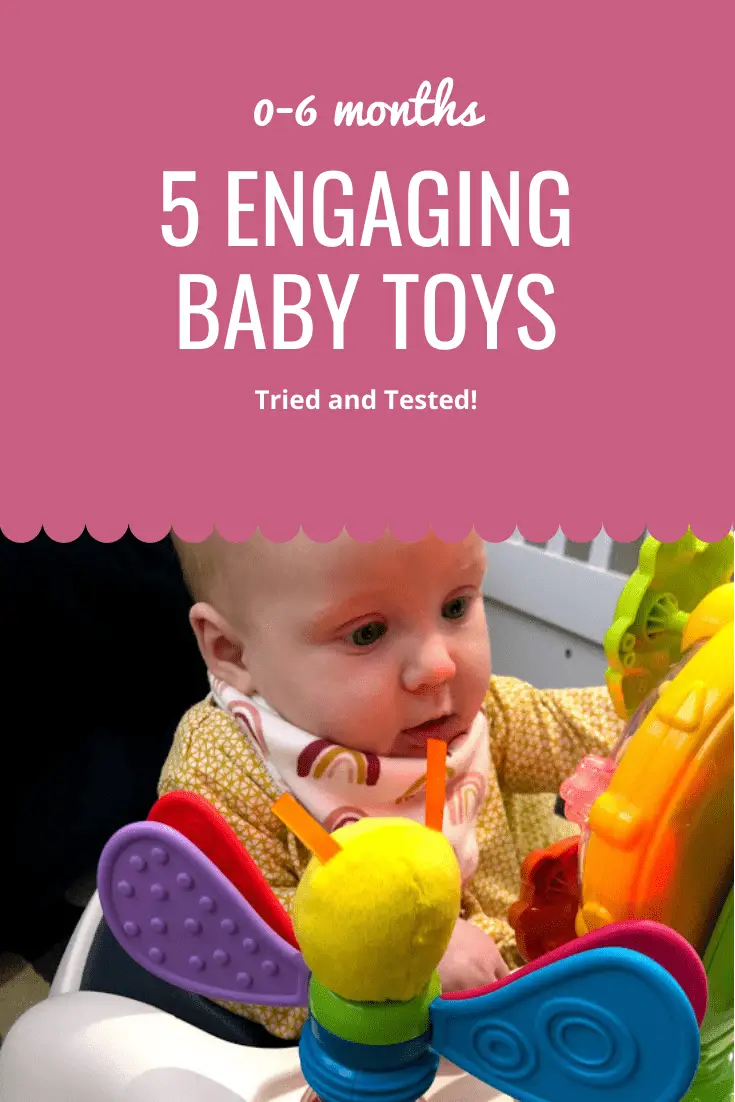
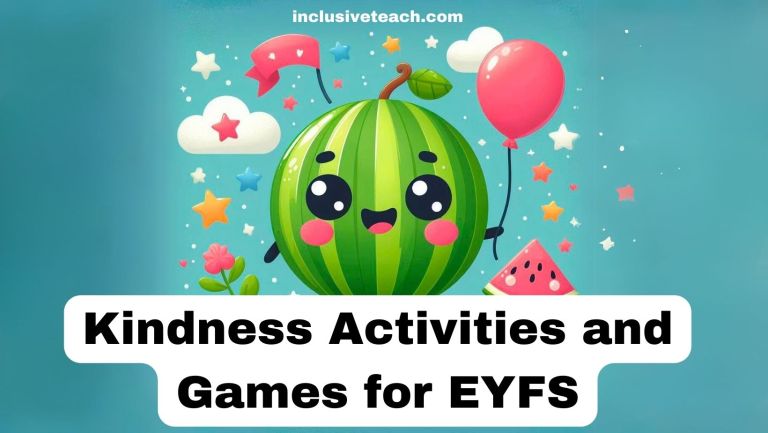
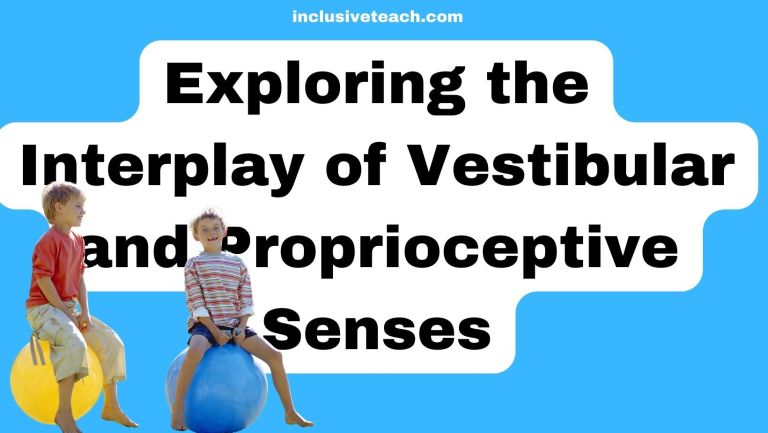
2 Comments